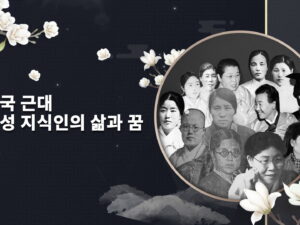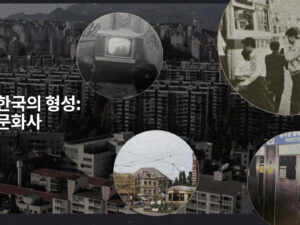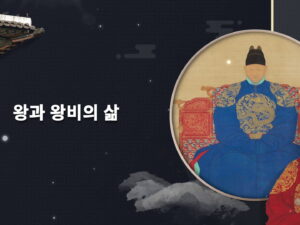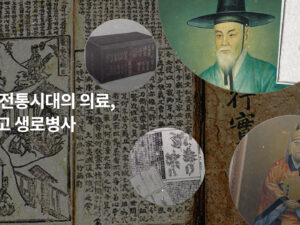Conflict and Competition in Korean History: Political and Social History of Pre-Modern Popular Uprisings
This course explores the conflicts and competitive structures in Korean history related to premodern popular uprisings and examines their historical character and significance.
Instructor
igkslms
- Description
- Curriculum
- Notice
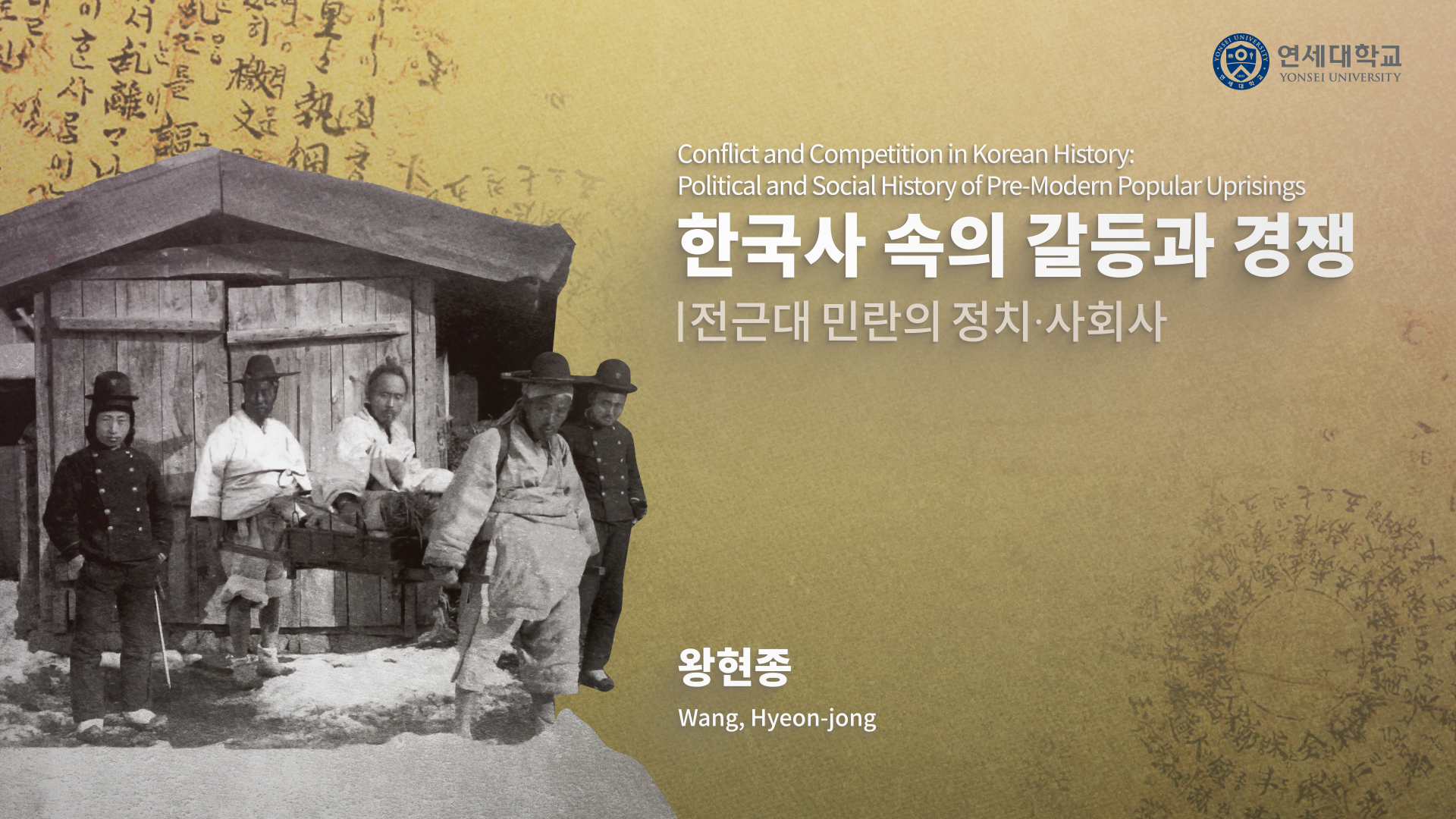
Course Introduction
This course explores the conflicts and competitive structures in Korean history related to premodern popular uprisings and examines their historical character and significance.
Learning Objectives
Students will develop a macroscopic and multifaceted view of conflict and competition in Korean history by understanding the rise of popular consciousness linked to pre-modern ruling and tax systems, the unfolding of late-Joseon popular uprisings and peasant wars, and by connecting the nature of these movements to the aspirations of the modern era.
1. Perspectives and Methodologies of the History of Pre-modern People’s Movements
-
11-1. Perspectives and Methodologies of the History Pre-modern People’s Movements
-
21-2. Research Trends in the History of the People’s Movement (1): 1950s–1980s
-
31-3. Research Trends in the History of the People’s Movement (2): Since the 1990s
-
41-4. Emergence and Development of the History of People’s Movements
2. Ruling System of Pre-modern State and the Changes in People’s Consciousness
3. Reexamination of the Hong Gyeong-rae Rebellion in 1812
-
93-1. Popular Uprisings in the Early 19th Century and the Hong Gyeong-rae Rebellion
-
103-2. The Background and Leading Forces of the Hong Gyeong-rae Rebellion in 1812
-
113-3. The Course of the Hong Gyeong-rae Rebellion and the Government’s Countermeasures
-
123-4. Issues and Perspectives on the Hong Gyeong-rae Rebellion and the Peasant War
4. Significance and Course of the 1862 Peasant Uprisings
5. Changes in Joseon Society and the People’s Movements in the Late 19th Century
-
175-1. Changes in Joseon Society the Concept of the People in the Late 19th Century
-
185-2. Changes in Joseon Society and People’s Lives in the Late 19th Century
-
195-3. Responses of the Enlightenment School and Confucian Intellectuals in the Late 19th Century
-
205-4. Review of Materials on the History of the People’s Movements in the Late 19th Century
6. New Aspects of the People’s Movements in the Late 19th Century
-
216-1. Changes in the People’s Movements in the Late 19th Century
-
226-2. Connection between Donghak and the Civil Unrest in the Late 19th Century
-
236-3. Changes in the Nature of the People’s Movements and the Boeun Assembly in the Late 19th Century
-
246-4. Interpretation of New Sources (Bowl Circular Letter and the Outbreak of the Peasant War)
7. Outbreak and Development of the 1894 Peasant War
-
257-1. The Outbreak of the Peasant War in 1894
-
267-2. Participation of the Peasant Army in 1894 and the Proposal for Social Reform
-
277-3. The Local Directorate System and Implementation of Reforms during the Peasant War
-
287-4. The Relationship between the First Sino-Japanese War and the Peasant War in 1894
8. Characteristics of the Peasant War and the Direction of the People’s Movements in the Late 19th Century
-
298-1. The Second Uprising of the Donghak Peasant War in 1894
-
308-2. The Activities of the Donghak Peasant Army and the Final Battle
-
318-3. The Trial Struggles and Ideological Orientation of the Peasant Army Leaders
-
328-4. A General Review of the Political and Social History of Premodern Popular Uprisings
Wang, Hyeon-jong
Professor, Department of History and Culture, Yonsei University







